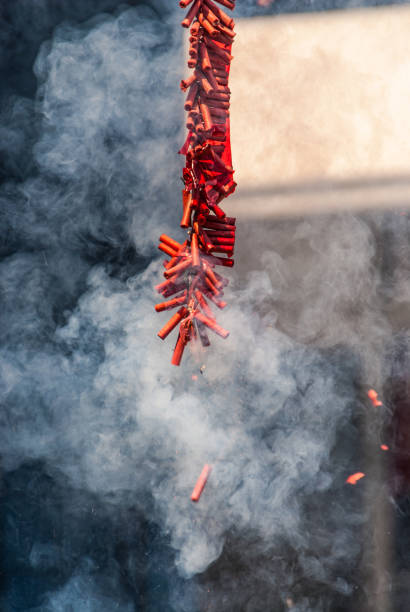
Figure 1: Exploding Firecrackers, by Jrawat Amornpornhaemahiran (n.d.),https://www.istockphoto.com/photo/exploding-chinese-firecrackers-with-much-smoke-gm671664612-122945887
First of all, a Happy Lunar New Year to everyone. When people think of the Lunar New Year, one iconic instrument of celebration naturally arises in their minds. Can you guess it? Firecrackers!
In the midst of the festive season, firecrackers are commonplace in various Chinatowns across the globe. However, not many of us in Singapore can experience the sound of firecrackers during this festive season due to the “Dangerous Fireworks Act 1972” that was passed off previously. Fortunately, those that were able to celebrate the New year in countries like Malaysia and Indonesia would realise how loud and excessive firecrackers can be to the ears. According to a study by Smoorenburg (1993), an average firecracker at a 2m distance can sound at an excess of 160 dB, similar to the sound of a pistol firing without the aid of ear muffs. Hence, it is common to see people covering their ears as the firecrackers began crackling and exploding. Unfortunately, humans are not the only recipient of such noises. One can wonder about the effects such noise pollution can have on the local urban or rural wildlife.
One study has seen adverse effects on the local urban avian population by the use of pyrotechnics during festivities. According to Bernat-Ponce et al. (2021), the amount of house sparrows in the Valencia Region of Spain has decreased significantly as juvenile productivity (breeding) has been affected by noise generated by the use of fireworks and guns. Such a decrease happened as festivities coincided with the breeding seasons of the house sparrow between May and June. From the study, we can see that noise generated by pyrotechnics can destabilize animal behaviours and hence population. Like people, noise pollution can also affect animals in many ways, such as reproduction and breeding habits, which may affect population numbers in the short run. So remember, when the opportunity arises to celebrate with a “bang”, do so minimally (if possible) to protect both people and wildlife from the sometimes unbearable joyous noises.
Reference
Bernat-Ponce, E., Gil-Delgado, J. A., & López-Iborra, G. M. (2021). Recreational noise pollution at traditional festivals reduces the juvenile productivity of an avian urban bioindicator. Environmental Pollution, 286, 117247. https://doi.org/10.1016/j.envpol.2021.117247
Smoorenburg, G. F. (1993). Risk of Noise-Induced Hearing Loss following Exposure to Chinese Firecrackers. International Journal of Audiology, 32(6), 333–343. https://doi.org/10.3109/00206099309071864
469 Illegal Application Element – DOSarrest Internet Security. (n.d.). https://sso.agc.gov.sg/Act/DFA1972